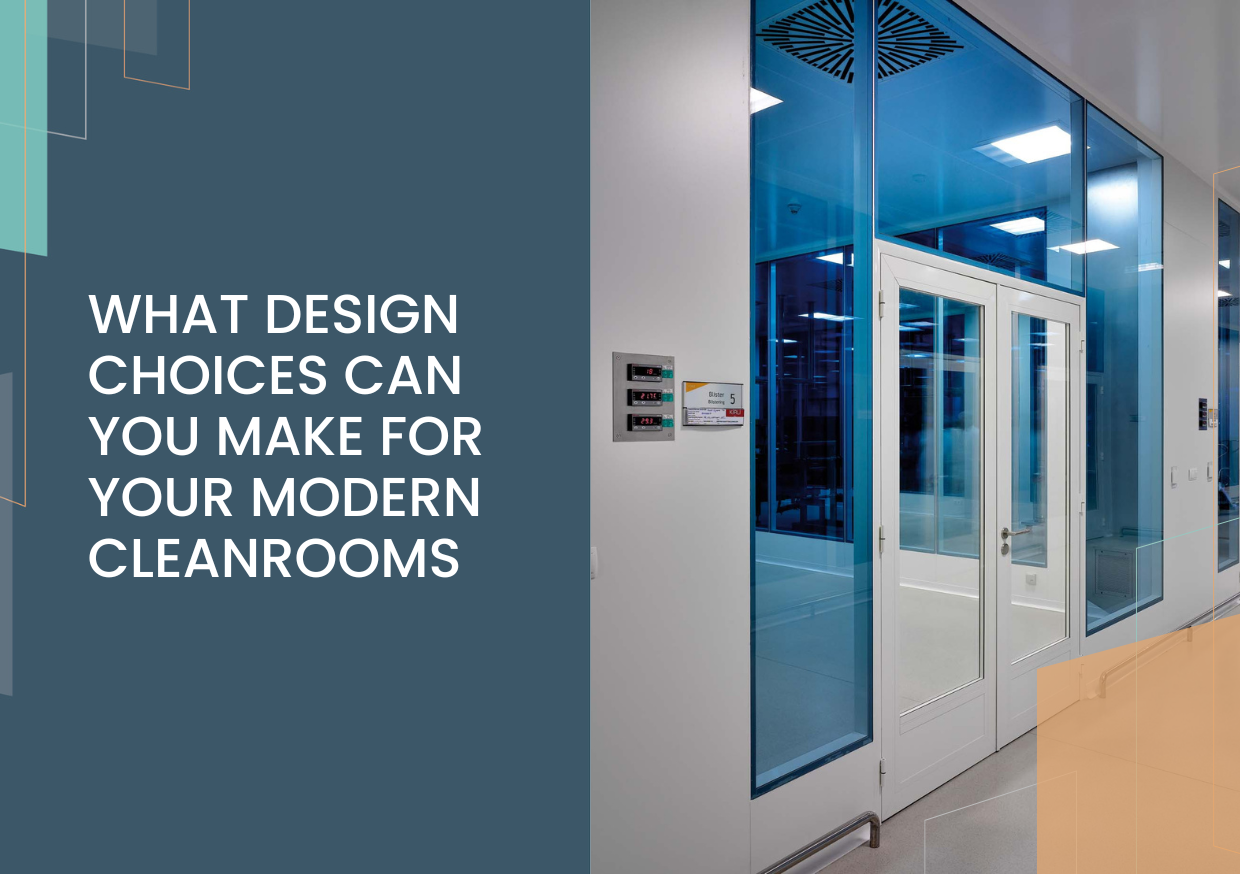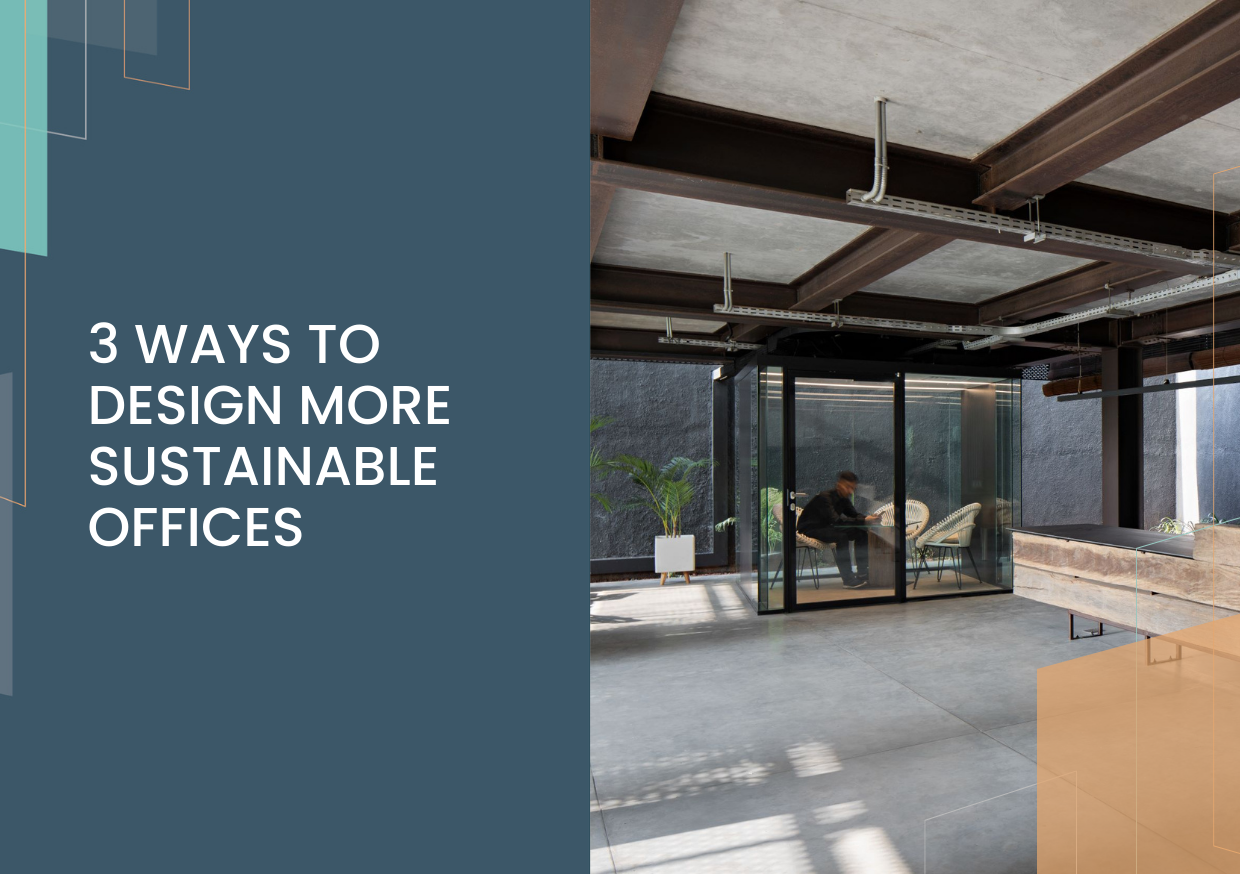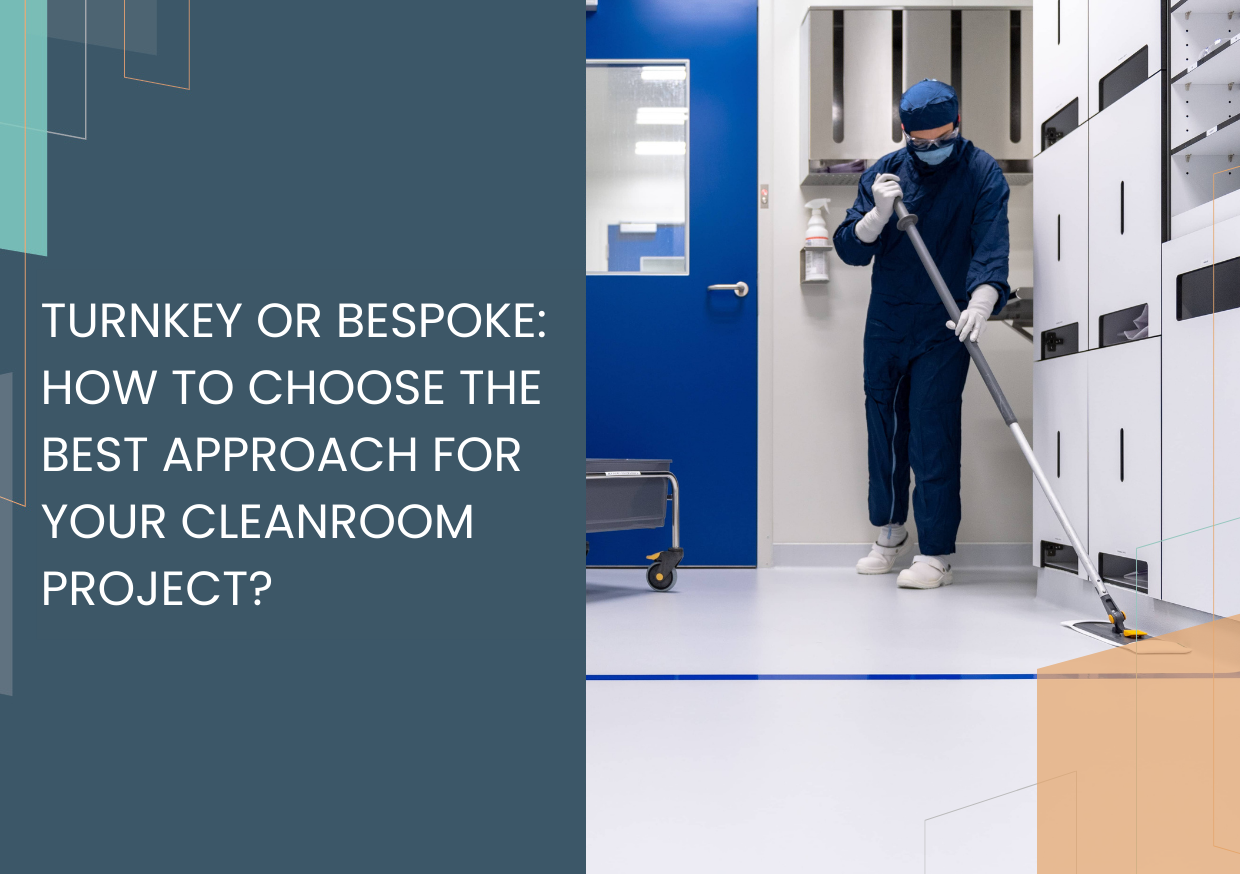3 Tips To Help You Design A More Sustainable Office
Did you know the built environment is responsible for almost 40% of total global carbon emissions?
It’s statistics like this that have led to many businesses pledging to help reduce carbon emissions over the next decade. This has been agreed as recently as the end of 2021 where, following COP26, the World Green Building Council confirmed that 44 members will be reducing all operational emissions on new and existing buildings. When you break down the information further still, and in particular to office centric data, it becomes apparent what needs to be done.
While operational carbon (things such as powering lights, heating etc) is around 33% of the total carbon emissions, embodied carbon makes up the remaining 67%. Embodied carbon refers to carbon emissions related to the building process itself. The assumption is that carbon is produced at every stage of a building’s lifecycle, from materials extraction to waste disposal, including interior fit-out, maintenance and deconstruction.
It might seem like a single product has no impact on creating carbon, but viewing the bigger picture is essential and it’s important that you and your business are doing everything to help improve Carbon efficiency.

WGBC, 2020 - Classification of carbon emissions within a building's lifecycle
Designing For Sustainability
It might be quite overwhelming when you see the data. You might be asking things like: “How can my business become more sustainable?” and “What designs should I consider?”. When you break it down, the answer is simple. There’s lots you can do.
With 2023 well underway and your design chosen, you’ll now be wanting to proceed with sustainability at the forefront of your decision making. Here are the three steps you can take to take your businesses office fit out from a carbon conundrum to a sustainable Shangri-La.

1: Set Your Sustainable Goals
Benjamin Franklin’s famous quote, “by failing to prepare, you are preparing to fail” says it all really. Before breaking any ground or disposing of any existing office furniture, you need to know exactly what you want to achieve. With that in mind, you need to know what your sustainability goals are. Having an idea of this, helps guide you towards the right partner.
Do you want to be more energy efficient, or are you looking at reducing the overall amount of carbon associated with your business? Do you want a simple redesign or a complete office fit-out? Understanding this then helps create a list of everything you need. You want to find products that can help contribute towards BREEAM (Building Research Establishment Assessment Method) and LEED (Leadership in Energy & Environmental Design) as a starting point. These two certifications are all about point scoring and contributing to the sustainability rating of the entire buildings, so while individual products aren’t enough to for a LEED or BREEAM certification, they are an important factor. With goals in mind, office fit out partners and their products considered, your project can get started with clear goals in mind.
2: Make Your Office Sustainable Through Circular Economy
You might have heard of the term and consider it to be a bit of a buzz word, but circular economy is a hugely important part of your sustainable design. To sum it up, a circular economy is an approach that involves reusing, recycling, and rethinking. It puts an end to thoughtless waste and gives products a purpose at all stages of life. Essentially, the circular economy relies on efficient supply chains enabling the reutilization or repurposing of assets specifically designed for disassembly and longer use cycles. When it comes to a design change or space transformation, circular assets can be relocated, recycled or reused again for other purposes, contributing to creating a virtuous circle.
Circular economy is therefore especially relevant in construction segments with high churn out rates such as office or retail fit-out. Because waste is created when what was new is now old, many products are left to become waste despite having much more to offer. What’s the point in getting rid of something that still has so much to offer?
Recycling is such a huge part of everyday life and can be applied to much more than just domestic uses. With a circular economy approach and working with suppliers that have this circular based mindset, your design is guaranteed to be more environmentally friendly, giving your business the green credentials, it deserves.

Re-circulation of Clestra panels

Every modular component can be disassembled and reused
3: Sustainable Materials Equal Sustainable Design
The materials and products that you opt for in your office fit out, are the most important part in ensuring your office design is sustainable. While the focus here is on office partitions and other acoustic pods, it’s also important to consider everything within your office, including the floors, finishes and fabrics. While it might be easy and affordable to get things like plasterboard to get your project started, you have to think about their environmental impact at all stages, from manufacture, through to installation and fitting.
Using low volatile organic compound (VOC) emitting materials, and those with limited embodied carbon is essential. Not only have these materials contributed huge amounts of carbon during their life to date, but other VOCs can be extremely harmful to the surrounding environment. Finding design and manufacture partners that focus their products on more sustainable materials is an obvious place to start, but one that so many overlook when trying to reduce their carbon footprint. With modular office partitions your office fit-out doesn’t just revolutionize your workspace, it changes your sustainable outlook, too.
Getting Started With Your Sustainable Design
3 simple steps are all you need and you can immediately make a difference to your office and the surrounding environment, too. The most important part is having a plan. A lot is said and about sustainability and green credentials, but you need to have a clear approach to your office fit out and understand exactly what you want to achieve.
Once a plan is set, you want to start thinking about what you are going to use. The choice of materials has never been more important and finding those with reduced embodied carbon and that are part of the circular economy is so important. You want to know that you and your business is doing its part towards climate control and thinking about recycled materials or those that can be used and re-used is the starting point. If you want to find out more or learn about how office partitions can contribute towards BREEAM and LEED certification, speak to our expert team today.




